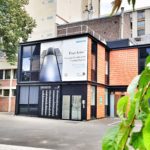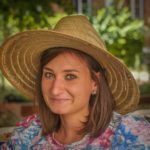Link to HAL – pasteur-04607715
Link to DOI – 10.1016/bs.mcb.2024.02.038
Correlative Light and Electron Microscopy V, 187, Elsevier, pp.175-203, 2024, Methods in Cell Biology, 978-0-323-95141-8. ⟨10.1016/bs.mcb.2024.02.038⟩
Correlative cryo-microscopy pipelines combining light and electron microscopy and tomography in cryogenic conditions (cryoCLEM) on the same sample are powerful methods for investigating the structure of specific cellular targets identified by a fluorescent tag within their unperturbed cellular environment. CryoCLEM approaches circumvent one of the inherent limitations of cryo EM, and specifically cryo electron tomography (cryoET), of identifying the imaged structures in the crowded 3D environment of cells. Whereas several cryoCLEM approaches are based on thinning the sample by cryo FIB milling, here we present detailed protocols of two alternative cryoCLEM approaches for in situ studies of adherent cells at the single-cell level without the need for such cryo-thinning. The first approach is a complete cryogenic pipeline in which both fluorescence and electronic imaging are performed on frozen-hydrated samples, the second is a hybrid cryoCLEM approach in which fluorescence imaging is performed at room temperature, followed by rapid freezing and subsequent cryoEM imaging. We provide a detailed description of the two methods we have employed for imaging fluorescently labeled cellular structures with thickness below 350–500 nm, such as cell protrusions and organelles located in the peripheral areas of the cells.





